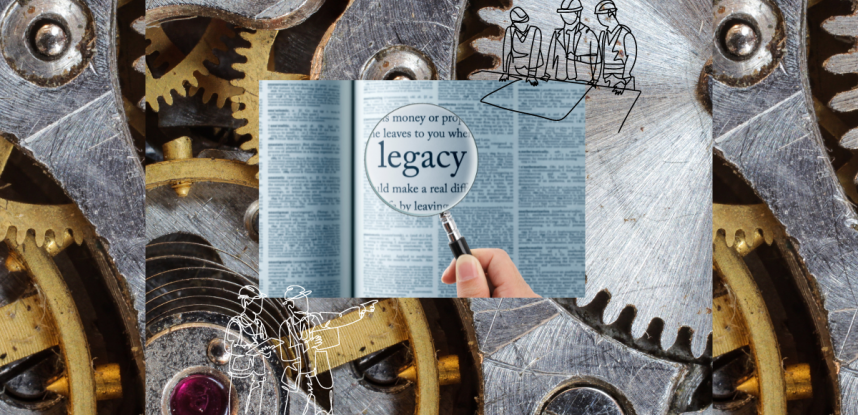Legacy Engineering: Balancing Innovation with Tradition
Legacy electronic systems result from technology’s swift evolution, a rapid pace of growth and innovation that, while widely celebrated, leaves many embedded systems incompatible and unable to easily and affordably upgrade in its wake.
What is Legacy Engineering?
The goal of engineering as a general field has always been to solve technical problems, increase efficiency and productivity, and overall improve systems. The goal of a legacy engineer is to solve the technical problems associated with a legacy system and find ways to either continue its use for as long as it’s needed or provide an effective and cost-efficient solution that will allow the system to be either upgraded or re-engineered to become compatible with more modern components.
Legacy systems are outdated computing software or hardware that are still in use and must remain in use for several years. This isn’t just in terms of age either. Factors such as outdated or missing documentation, rigid and fragile codebases, and a general lack of alignment with modern standards all contribute to what makes an embedded system a legacy system.
The Challenges Facing Ongoing Support of Legacy Systems
The challenges that legacy engineering addresses tend to be rooted in the factors that make these systems old. They must navigate through fragmented technical documentation and outdated resources incompatible with modern systems. Often, they’ll find several discontinued or obsolete components within the system that they have to find new sources for, as the original manufacturers have often moved on to support new products. Once they navigate these challenges, then they have to determine how to actually test the system to ensure that it functions as the OEM intended. Without a viable apparatus to test it, according to the OEM’s original standards, it’s much harder to ensure that the system will function properly.
Sustainment and Innovation for Critical Systems
That being said, legacy engineering is important. These systems can’t just be readily upgraded or replaced–not cheaply or easily, especially for critical embedded systems used in applications like Defense, Aerospace, and Industrial equipment. They’re often needed for much longer than an OEM can support them, which is why legacy engineering is so valuable. Legacy engineers find innovative ways to sustain these systems throughout their needs, providing more options beyond expensive upgrades that might not even be compatible with the current hardware. They also find ways to extend the life of these critical, long-term systems, offering their expertise when certain system components just aren’t available and upgrades aren’t an option due to redesign, recertification costs, and funding constraints.
Legacy engineers ensure that old, outdated systems don’t hold their clients back and don’t put an unnecessary strain on the OEM. They provide long-term solutions and innovations that sustain these long-term systems for as long as needed.




